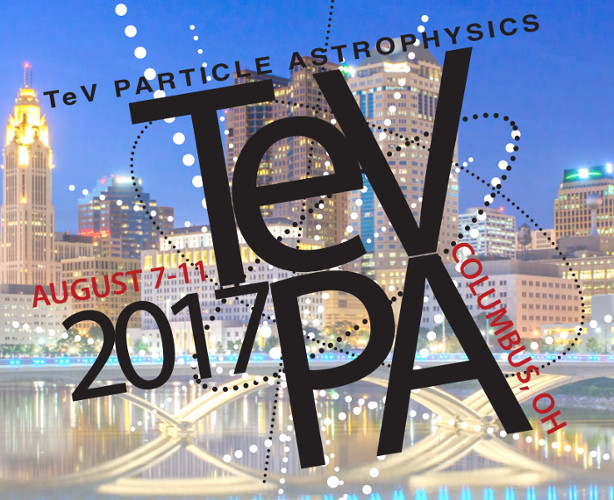Speaker
Description
Despite intensive research, some fundamental properties of the most luminous particle accelerators and transients like AGNs, GRBs, etc. are unknown. Location and mechanisms of particle acceleration, connection to flaring and quiescent states, leptonic vs hadronic emission are open questions. Complexity of environments and processes make it hard to disentangle different scenarios. This suggests complementing conventional observables like the broadband spectrum with novel statistical observables like power spectral density (PSD) and the flux probability distribution (PDF) extracted from
lightcurves, high and low energy polarisation, etc. While the PSD encodes the temporal structure of dynamical processes, particle acceleration and radiation and observing cadence, the PDF encodes the fundamental form of the emission processes (additive vs multiplicative). Polarised emission provides independent constraints on region geometry, magnetic fields, scattering processes, etc. to those from the above observables. These observables and related methods are also relevant for population studies. For e.g., time series methods used to compute the PSD, can also be used to estimate transient detection probability and resultant changes in source flux distribution, $\frac{dN}{dF}$. A detailed theoretical framework capable of predicting these statistical observables from first principles in these sources is currently in nascency. Finally, they are complementary and potentially crucial crosschecks to neutrino and gravitational wave observations
in the multi-messenger era. In this presentation, I demonstrate the
potential of using such novel observables and related methods to probe physics of individual particle accelerators and the population at large by applying it to prominent blazars like Mrk 421, BL Lac, PKS 2155, etc.




